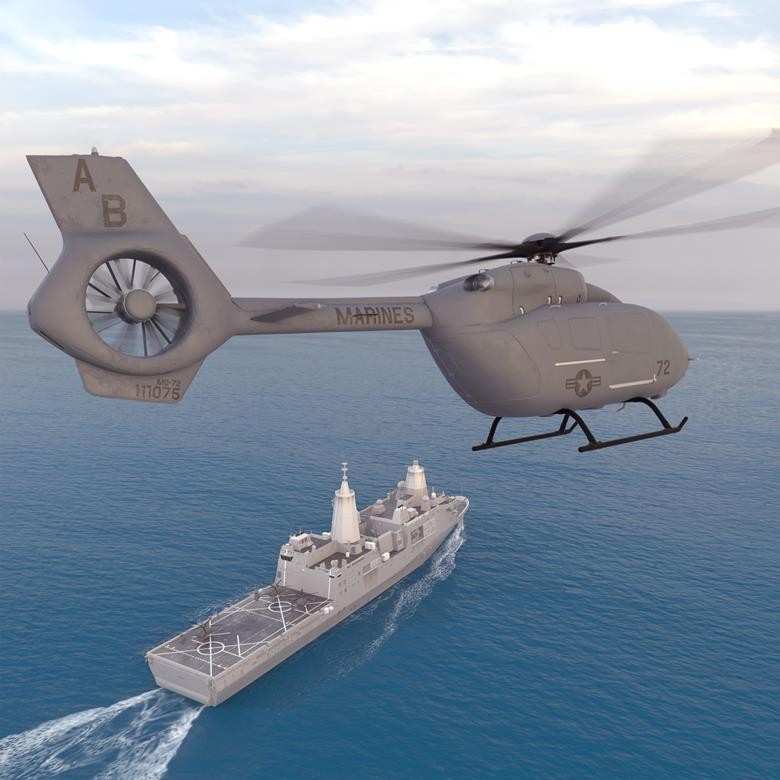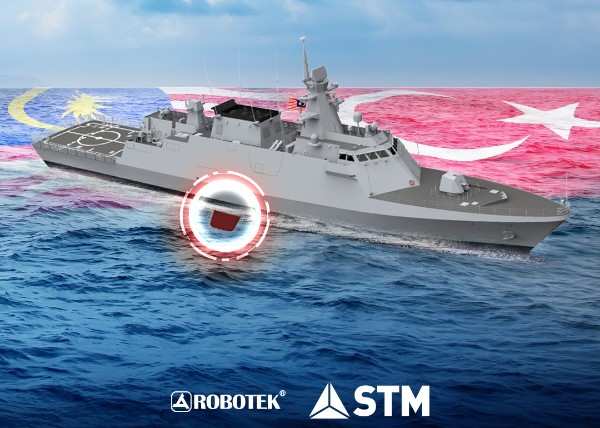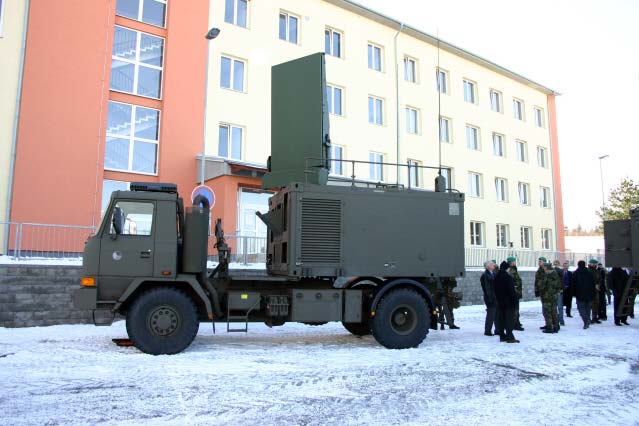Airbus U.S. Space & Defense and Shield AI have flown their first autonomous helicopter in Texas. This helicopter is a part of the U.S. Marine Corps’ Aerial Logistics Connector (ALC) program. A modified Airbus H145 has been fitted with Shield AI’s Hivemind autonomy software. It has successfully completed the test flight without pilot input. The system managed takeoff, landing, and navigation independently.
Table of Contents
ToggleFast Integration of Autonomy
The test highlighted how quickly the technology can be installed. Airbus integrated Hivemind into the H145 in less than two months. The software worked alongside Airbus’ Helionix system. This shows it can plug into existing avionics without major redesign. Therefore, it will be easier to apply autonomy across different aircraft.
The next step for the program is the MQ-72C Lakota Connector. Lakota is an unmanned version of the UH-72 Lakota helicopter. It will support Marine Corps resupply missions in dispersed and contested environments. Therefore, the goal is to reduce risk to crews by sending autonomous aircraft into areas that are too dangerous.
Read more: Australia Cleared to Buy Javelin Lightweight Command Launch Units Worth $97.3 Million
Industry and Program Perspectives
Rob Geckle is the Chairman and CEO of Airbus U.S. Space & Defense. He says, “the flight opens the aperture on new mission possibilities to support the Marine Corps.” Shield AI CEO Gary Steele added that Hivemind was built to adapt across platforms. This test shows the software’s flexibility in action.
Wider Defense Context
The ALC effort is part of the Defense Department’s rapid prototyping drive. Airbus won the initial contract through Naval Air Systems Command (NAVAIR) in 2023 to create an unmanned UH-72. Other services are also testing autonomous systems for logistics and reconnaissance. Therefore, we will be seeing a shift toward unmanned operations in high-risk zones.
At this stage, the focus remains on proving reliable autonomy in varied conditions. Further tests are planned to expand flight profiles and stress the system. If successful, autonomous helicopters could become a routine part of U.S. military logistics within a few years.
Javeria Sajid is an Aerospace Engineering student from NUST with a background in technology and a sharp focus on the global political landscape and defence innovation. She writes to make complex defence technologies understandable, and aspires to bridge journalism, policy, and engineering in her work.














